How about I show you how you can convert an Android device into a proxy server? In the article below, I will be showing you how to get that done with little to no technical skills required.
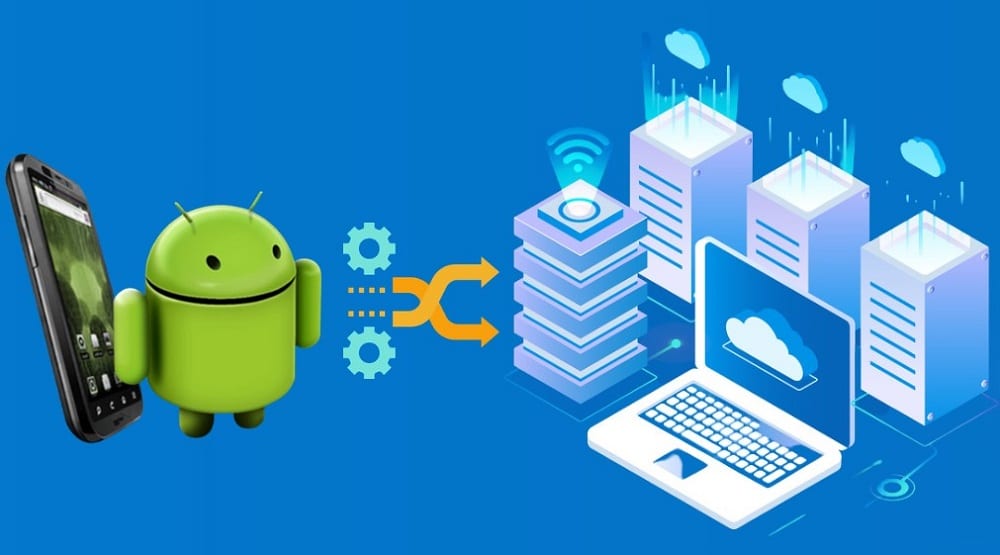
The importance of proxy servers cannot be overemphasized because of the restrictive and privacy-evasive nature of the Internet. One thing many people do not know is that they do not always need technical knowledge or even pay to use a proxy server hosted somewhere – they can actually set up proxies from their mobile phone.
Yes, with the old Android smartphone lying around in your home, you can set up a proxy server that will help serve as a proxy server for your device. It is important you know that while you can avoid payment using the method to be discussed in the article, you will only be getting one proxy IP address.
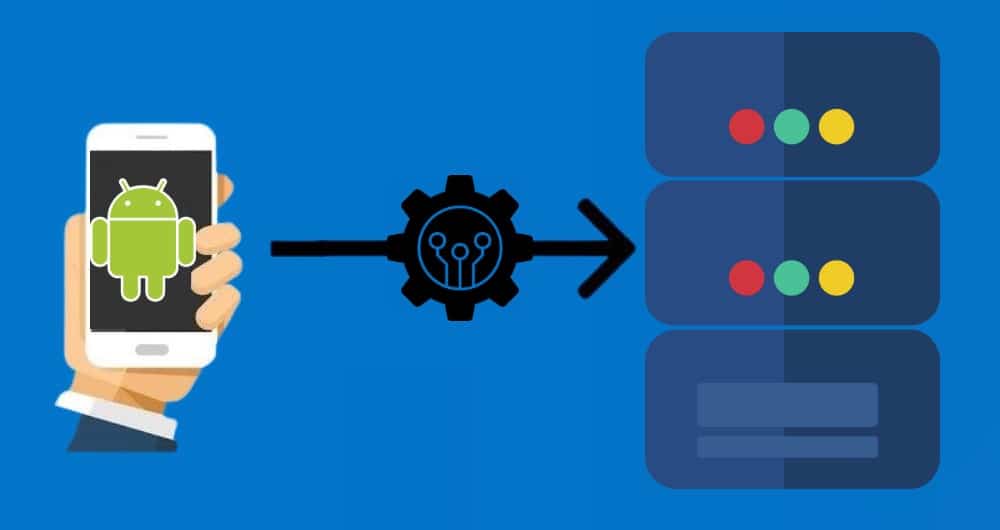
When it comes to making proxies on Android, there are basically two options available to you. You can either go the hard way coding, but that will mean you will need to be good not just at coding but also a security expert as you wouldn’t want your proxy to be insecure and provide a backdoor for attackers.
The other way is the method you will use already developed tools by experts. In this article, our focus will be on using already made tools freely available in the market.
How to Convert an Android Device into a Proxy Server

In this section of the article, you will be provided with a step-by-step guide on how to convert your Android device into a proxy server and use it as a front anytime you want to surf the Internet.
One thing you will come to like about this is that you do not need a high-end Android device to do this – your old abandoned device could be of use in this regard. You can use any Android starting from Android 4.2.2 – but some Android 7 OS might not work with the process discussed. Let move straight to the processes.
- Find out your Android internal IP and MAC address. getting this isn’t difficult. Simply go to Setting > Wi-Fi setting > Advance setting – you will see the MAC address and the internal IP address of the phone. Copy this and keep it somewhere – you will need it for the configuration.
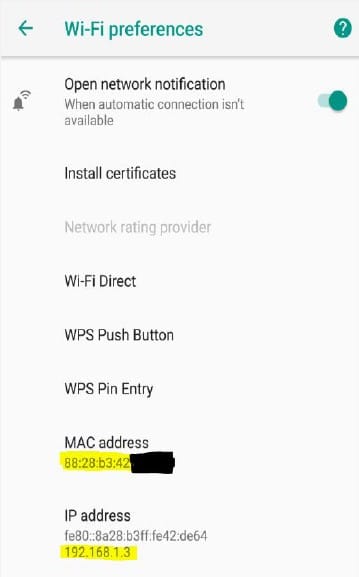
- Install the “Proxy Server” software from Google Play here. If you do not have access to the Google Play Store, as in the case of some Android devices made in China, you can simply download it from APKPure here.
- Launch the application. On the top of the UI, you will see some action buttons – click on the “Add” button and select proxy server.
- This will open an interface for you to enter the server details.
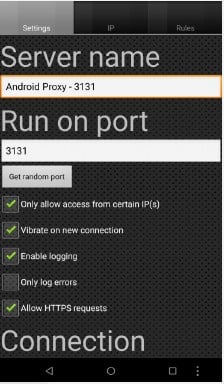
- For the server name, enter “Android Proxy – 3131.”
- For the port, there is already one selected randomly. Delete that one and enter 3131.
- Check “Only allow access from certain IP(s).” this option is there for authentication purposes. Without this, your Android proxy server will turn to an open proxy that anybody can connect to, and that will affect performance. The type of authentication supported is IP authentication.
- Check the “Vibrate on new connection.” This is to enable you to know when someone connects to your proxy server.
- Check the “Start on boot” and “Start directly when app starts clean.” Only check these two when you are using the device purely as a proxy server – you shouldn’t check them if you are using the device for other tasks as this could introduce a security risk.
- At the top center, press the “IP” tab and press ”Add.” Here, you will enter the IP address of the device you want to use the proxy on. Let say you want to connect your computer with the proxy server; you can go to Here and check out your IP address. Let say the IP address of your computer is 132.72.24.52, enter it in the space provided.
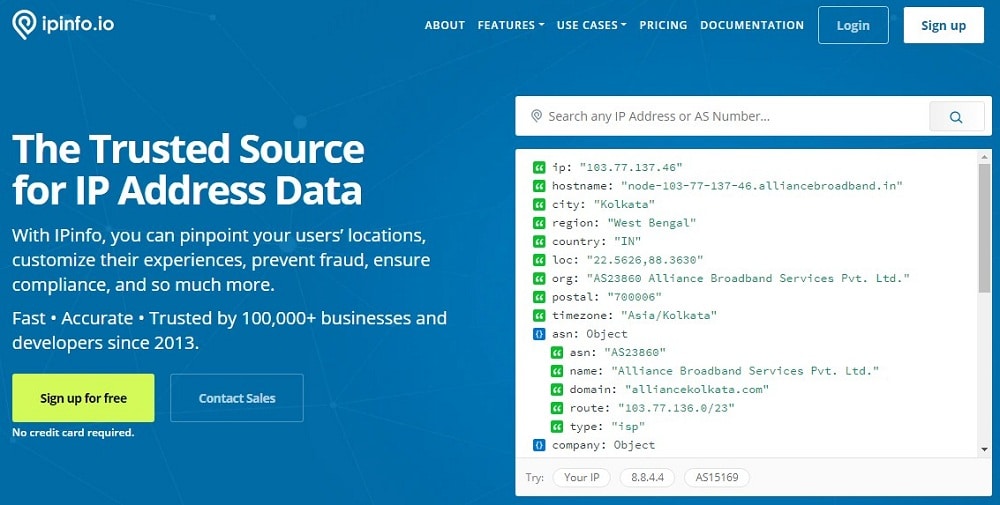
- Press the back button and press yes to save.
- If you get to the home UI after the above steps, you should see a new widget with the name “Android Proxy -3131”. Press this widget and press on the Start/Stop. This will display “The server has been started.”
- Press OK, and this should get the proxy server started ready to be used.
- We would be using a router to provide an Internet connection for the proxy. For this reason, we need to configure the router with static DHCP and port forwarding. This can be done by going to the router configuration page and add the correct internal IP, MAC address, and port 3131 – same with what you configured on your Android earlier.
- Once you do the above, you have already setup the proxy server, and it is ready for use. But what IP address and port will you use? You will be using your router IP address as the proxy server IP address. to find out the IP address of your router, visit this page and copy your IP. Let say you see something like 132.72.24.52 as your IP, then that becomes the IP of the proxy and then 3131 the port.
Limitation of Using your Android as a Proxy

From the method above, everything looks good. But the problem is – you are still using the same home router. This means that except you have other means of connecting to the Internet other than the router you used, you will not have a different IP address, and as such, there is no use of even using your Android as a proxy server.
> How to Change IP Address on iPhone?
Another thing you need to consider is that you only have one IP address to use, and if you need to change the IP address, you will have to effect that from the router. In terms of authentication, you also need to know that only IP authentication is supported – no username and password authentication.
Conclusion
Making a proxy server is not as difficult as it looks like as there is already-made software that will help you save time and take care of technicalities that without the app, you will require technical skills to set them up.
One thing you will come to like about this is that you cannot only set up proxies on computers and servers, but you can also do that on your Android device and even Raspberry Pi.






